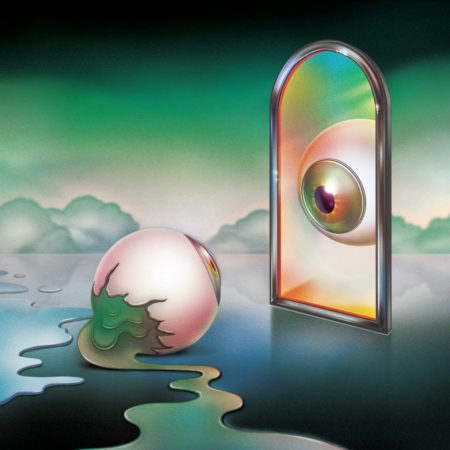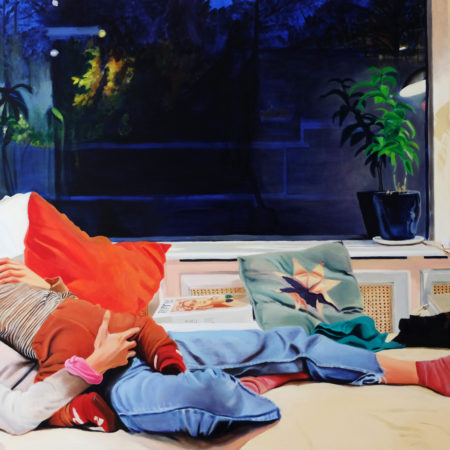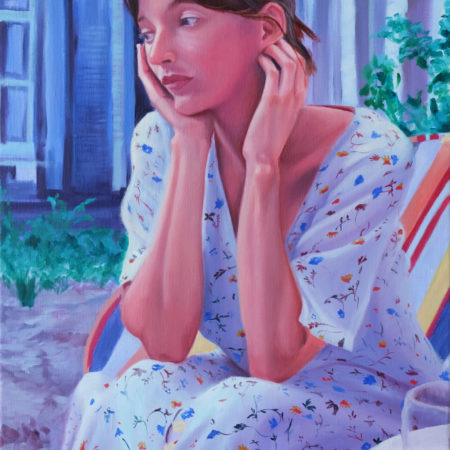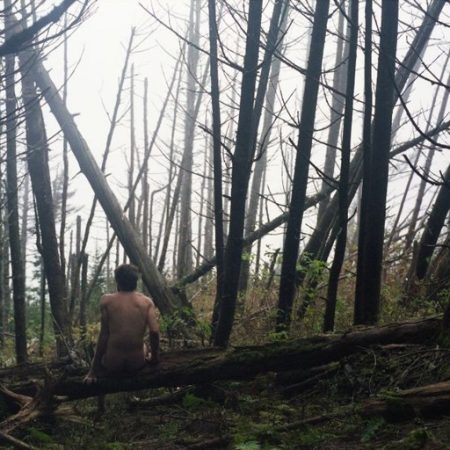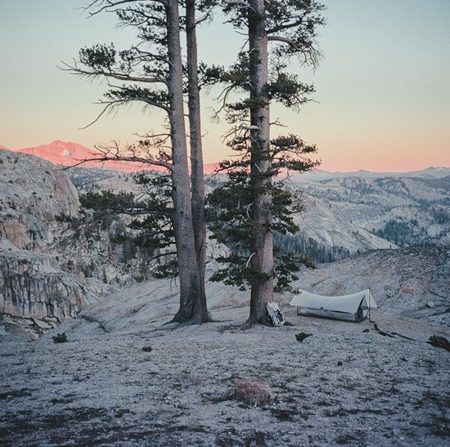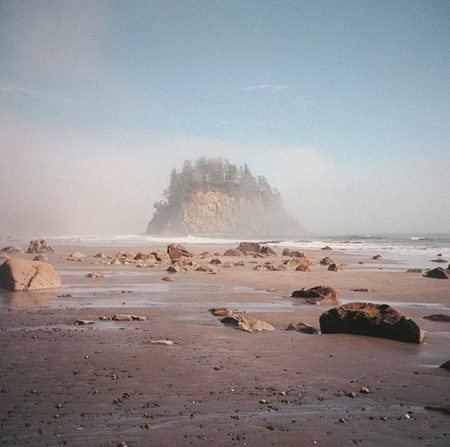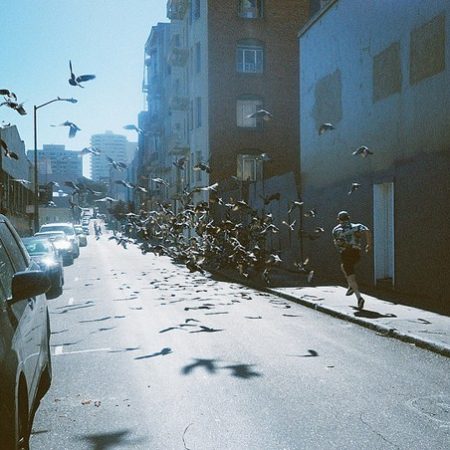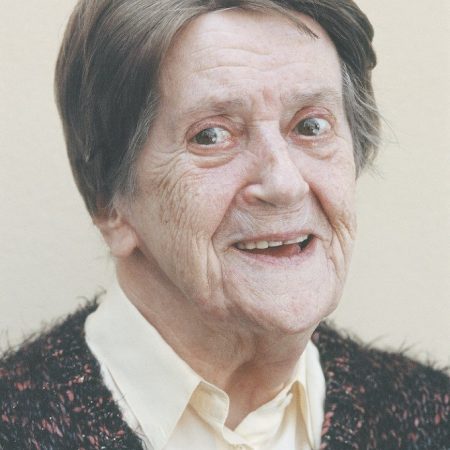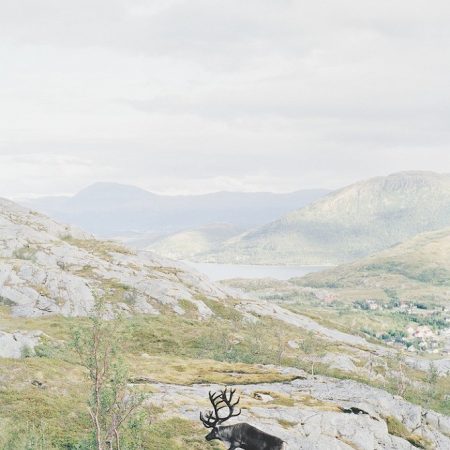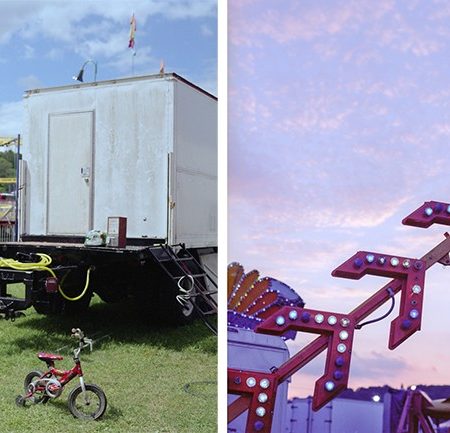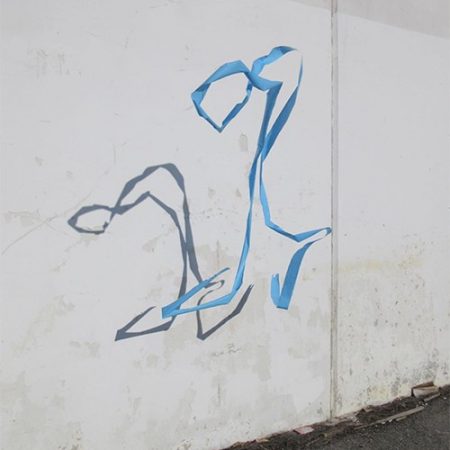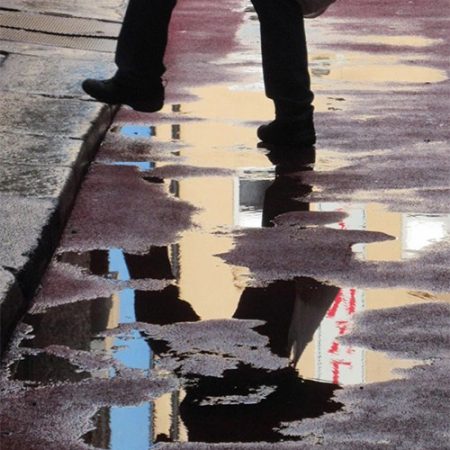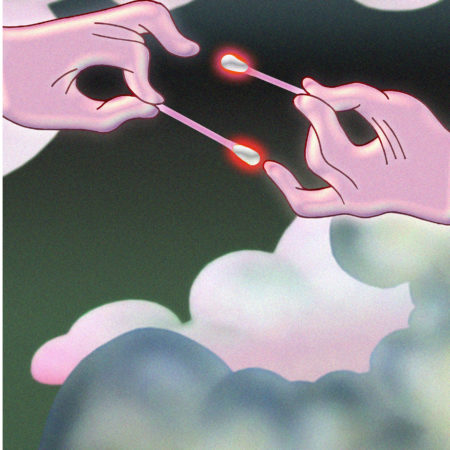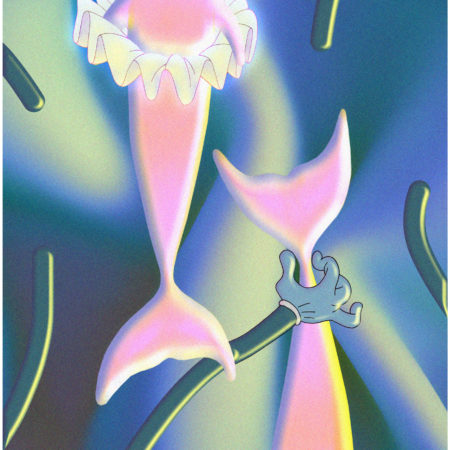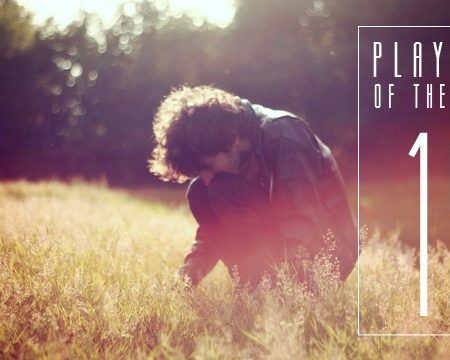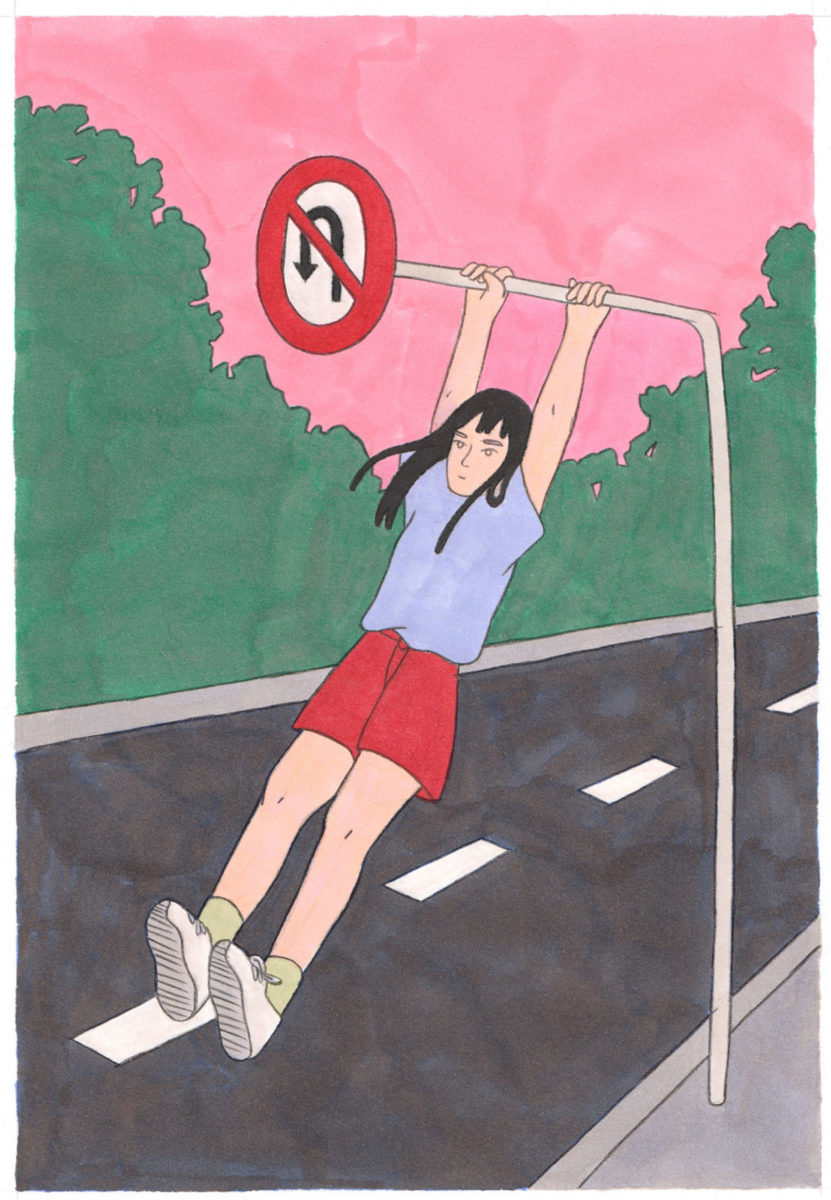
I don’t think we were better than the others, but they gave us enough confidence to continue.
Aude Bertrand
ART . February 8th, 2022Could you first let us know a little bit about you?
My name is Aude, I am an illustrator. I was born in Paris but I moved around a lot in the south of France and also spent a year in Quebec and then I quickly came back to Paris for my studies. After a Bachelor’s degree and a year of Master in Film and Audiovisual Studies, I got interested in illustration. Today, I do this half of the time, the other half being spent working in a bookstore specialized in children’s literature.
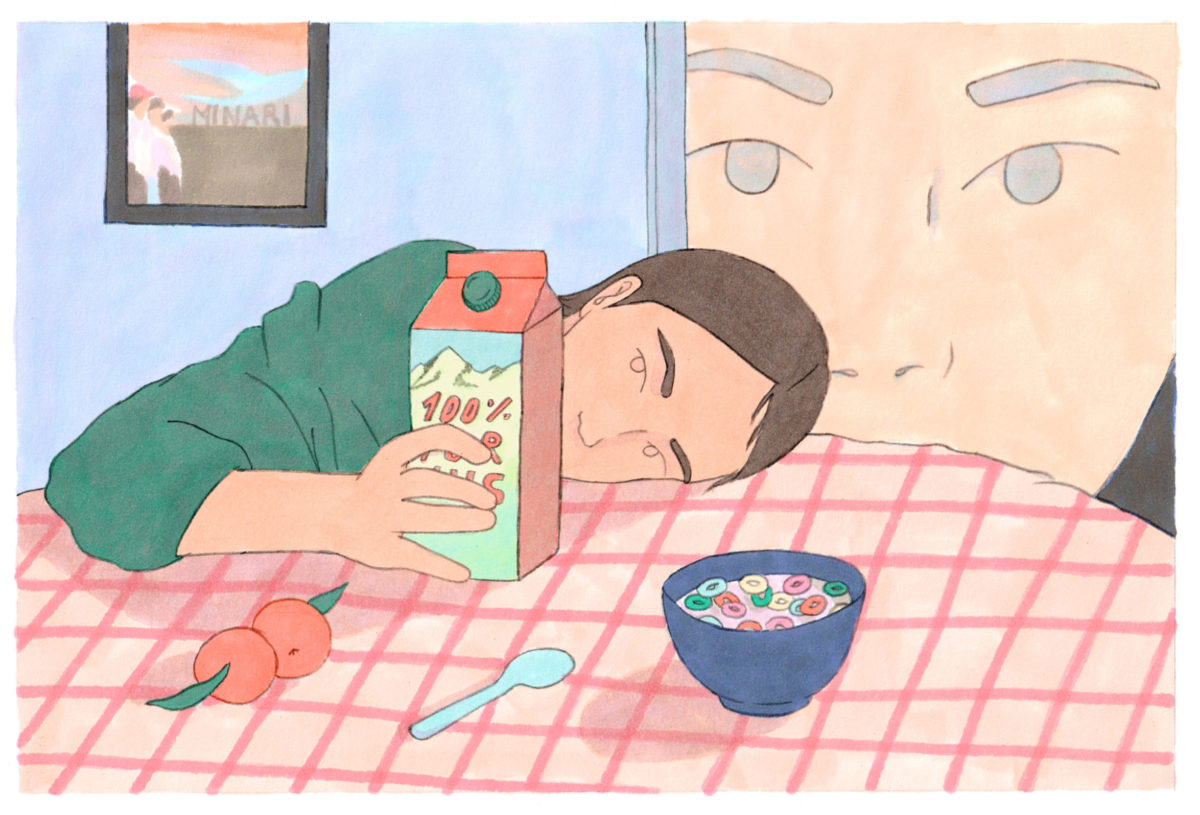
How’s your day going so far?
Very nice, thank you! I shipped the orders I received this week, this is the first time I had so many so I hope I didn’t make a mistake in packaging and shipping haha!
What do you listen to when you’re working?
I almost always listen to podcasts. Since I’m alone when I’m working, I need to have about 7 hours of content to listen to each day. I’m lucky to have friends who have two radio podcasts, one about cinema and the other about board games, so every week I can listen to them (sorry it’s in French!) When I need more concentration, I listen to music, right now the two latest releases I’m listening to are 1200 mètres en tout, the latest album of the French band Odezenne and Crash, the latest album of the Quebecois artist Les Louanges.
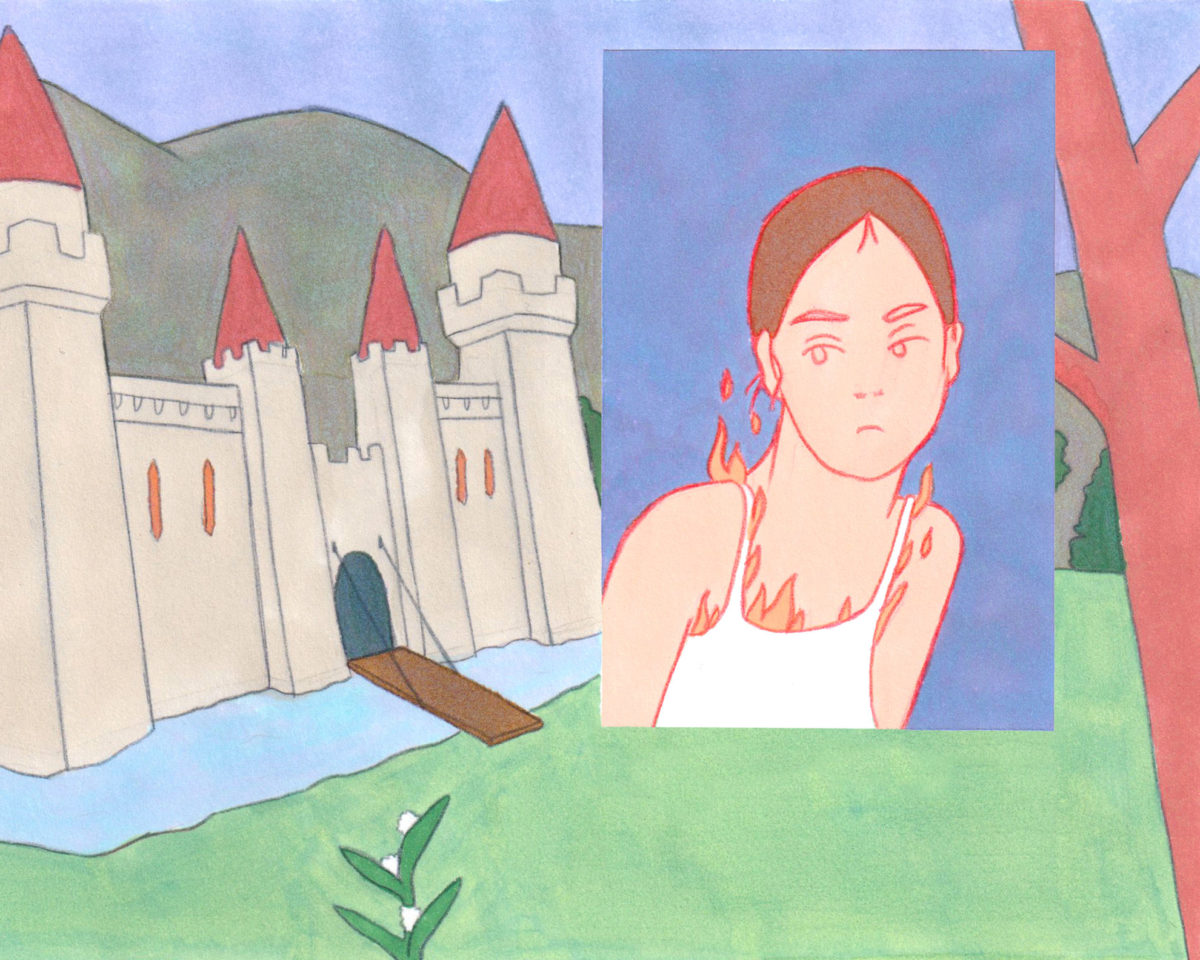
What do you enjoy when you are drawing?
There are many things I like about this discipline! First of all, I find it to be really relaxing. At least, I have found mediums that relax me and that I find pleasant to use. (For example, I had my colored pencil phase but I found it too physical, it even made me angry having to press the pencil on my paper haha). Then I love the satisfaction you feel once you’ve finished an illustration you like! I also love the fact that you evolve a lot, and that you can see your progress in a very direct way, by looking at an old drawing.
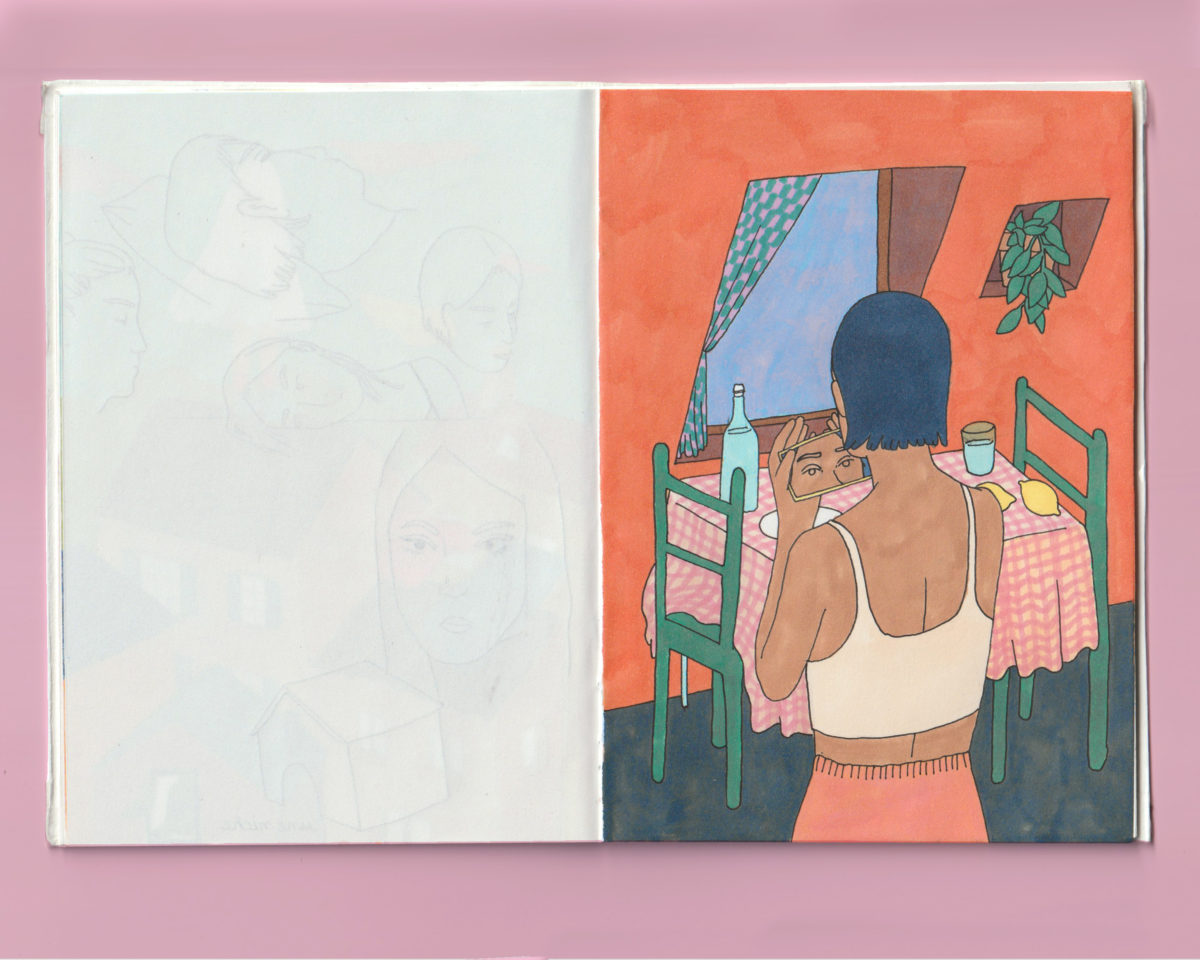
What did you draw as a child?
Honestly I don’t remember much, it’s been a long time since I looked at them but I guess I was doing a bit like the other kids, the only difference is that I was drawing a lot but that’s because both my parents were drawing a lot too. And of course they were proud of what we did with my sister, they were the kind of parents who framed and hung our drawings on the walls. I don’t think we were better than the others, but they gave us enough confidence to continue. I also remember the drawing exercises they made us do, to learn watercolor, still life, perspective, etc.
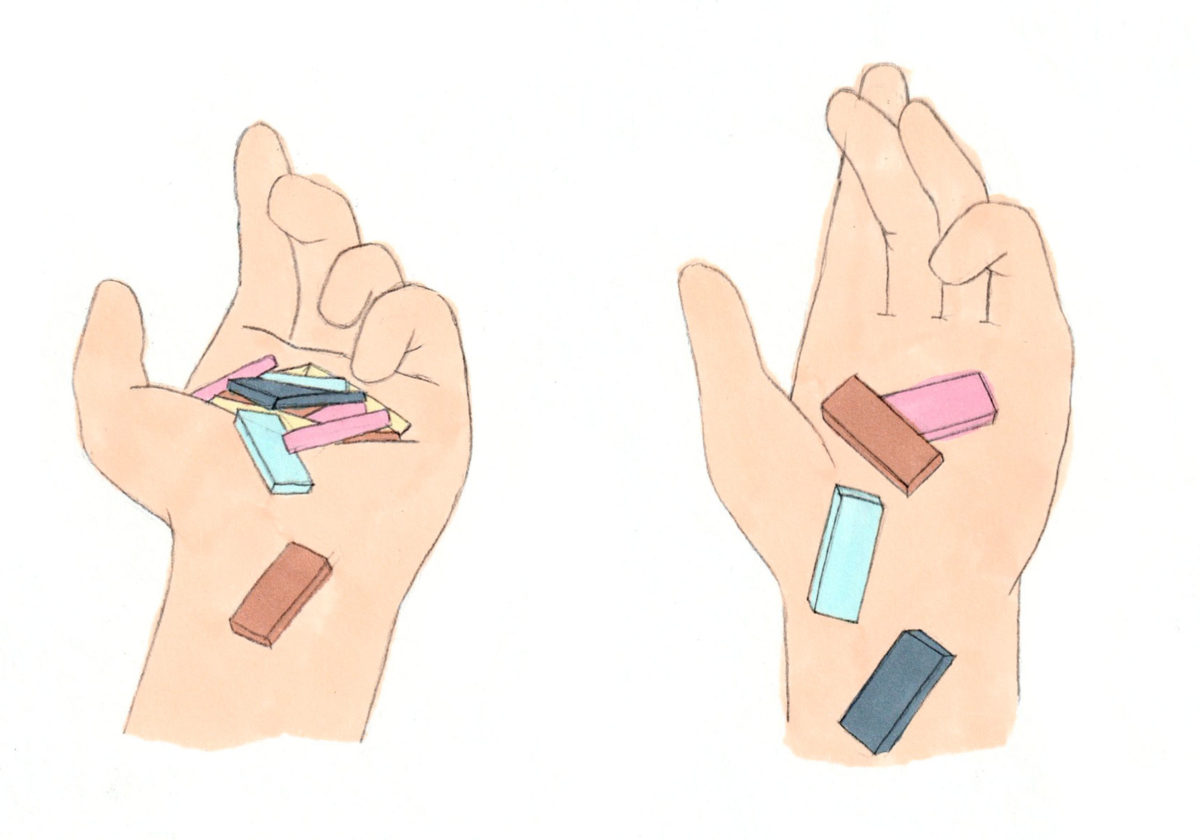
During my middle school years, I used to draw manga (I started stories that I never finished haha) and I developed a real passion for reproduction. With my best friend, we would spend whole afternoons redo drawings we liked from the internet!
Does your other job in a children bookstore influence your work?
Yes, of course. It’s very inspiring to work in this bookstore because there is a great narrative and aesthetic freedom in children’s literature. When I arrived, I didn’t know anything about it and I discovered a lot of authors that I really admire: Beatrice Alemagna, Kitty Crowther, Kazuo Iwamura, Fanny Dreyer, Marine Schneider, Loren Capelli, Marianne Dubuc, Sahen Parc, Ariadne Breton-hourcq and Laurence Lagier, Laurie Agusti, and so many others.
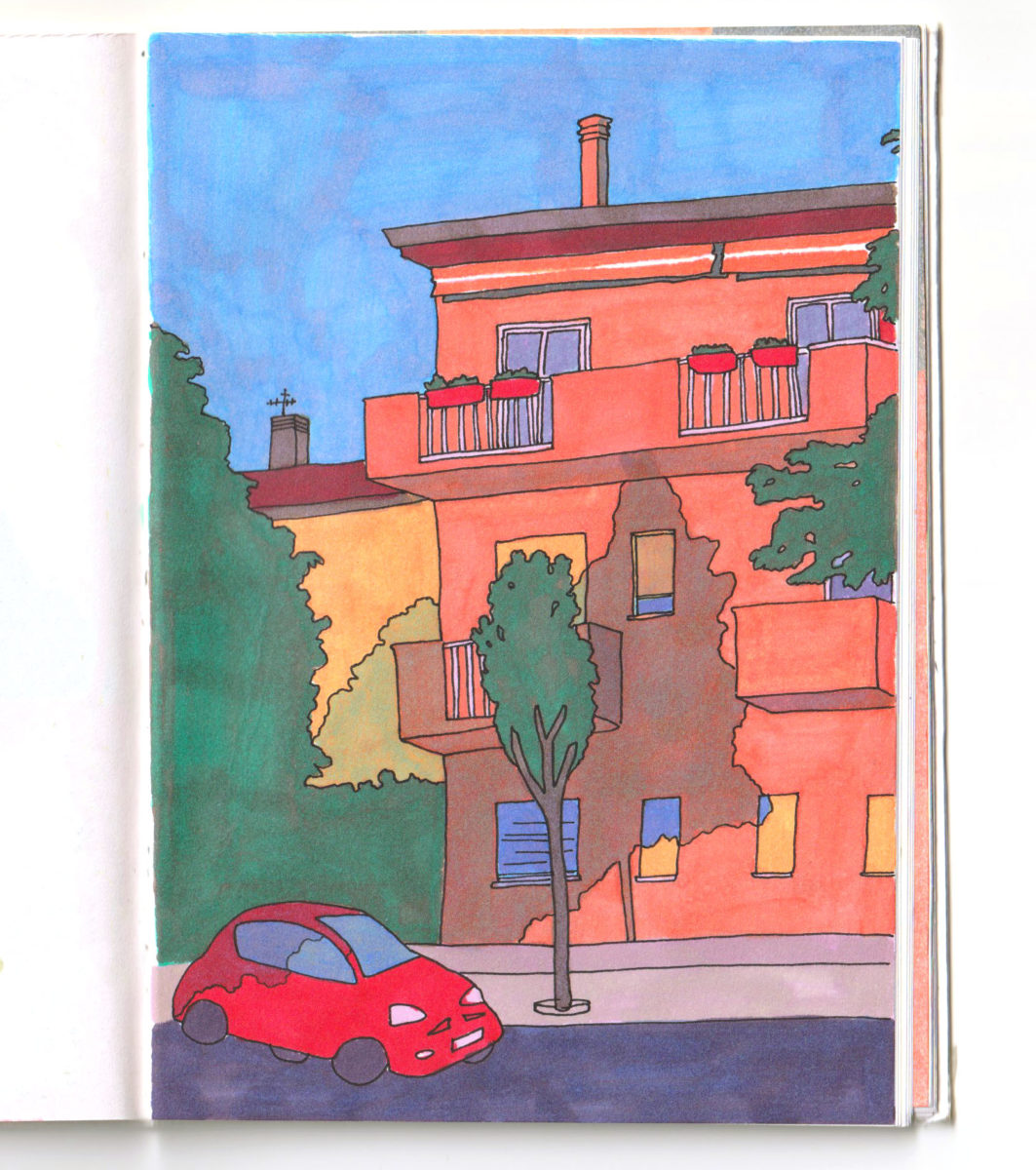
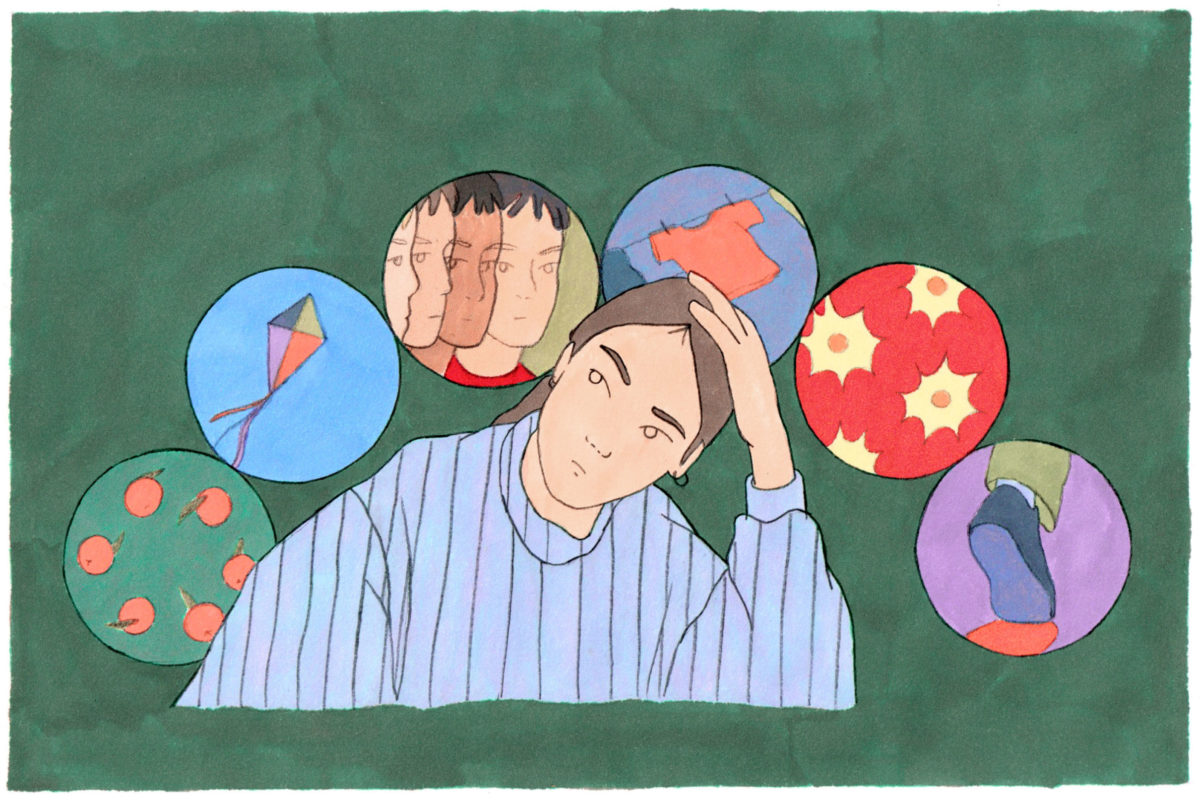
Can you explain us your process?
I don’t have an very intuitive process of drawing unlike some other illustrators. Not only because I practiced other means of expression before getting back to drawing (a lot of video, music and photography) but also, as I said, because I learned drawing from copying. So it wasn’t through drawing that I knew how to invent, I had trouble getting ideas out.
Today I still feel it because I need a lot of nourishment to be able to draw. For example, when I don’t have time to watch movies or read for some time, I can feel a real impact on my creativity.
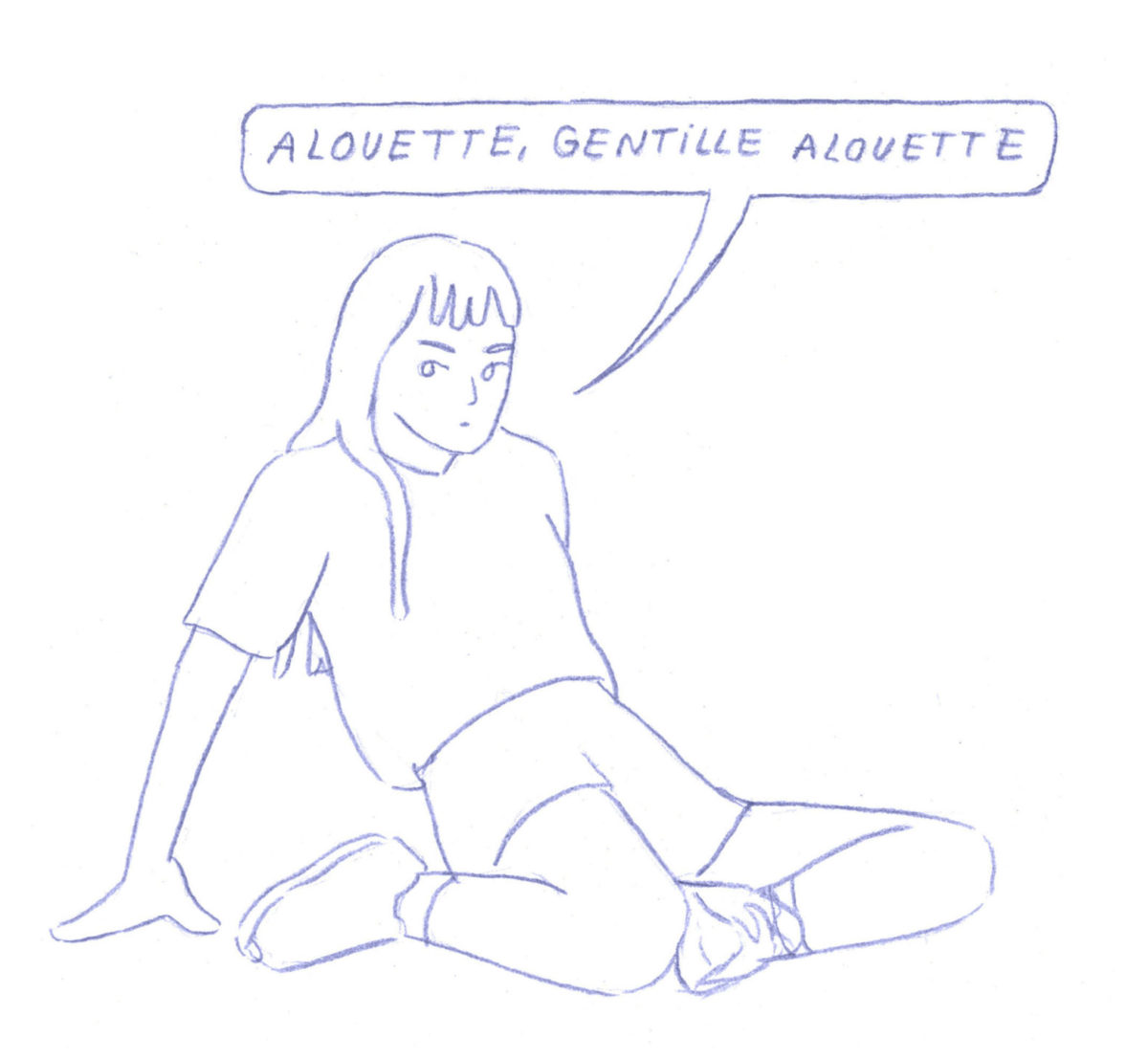
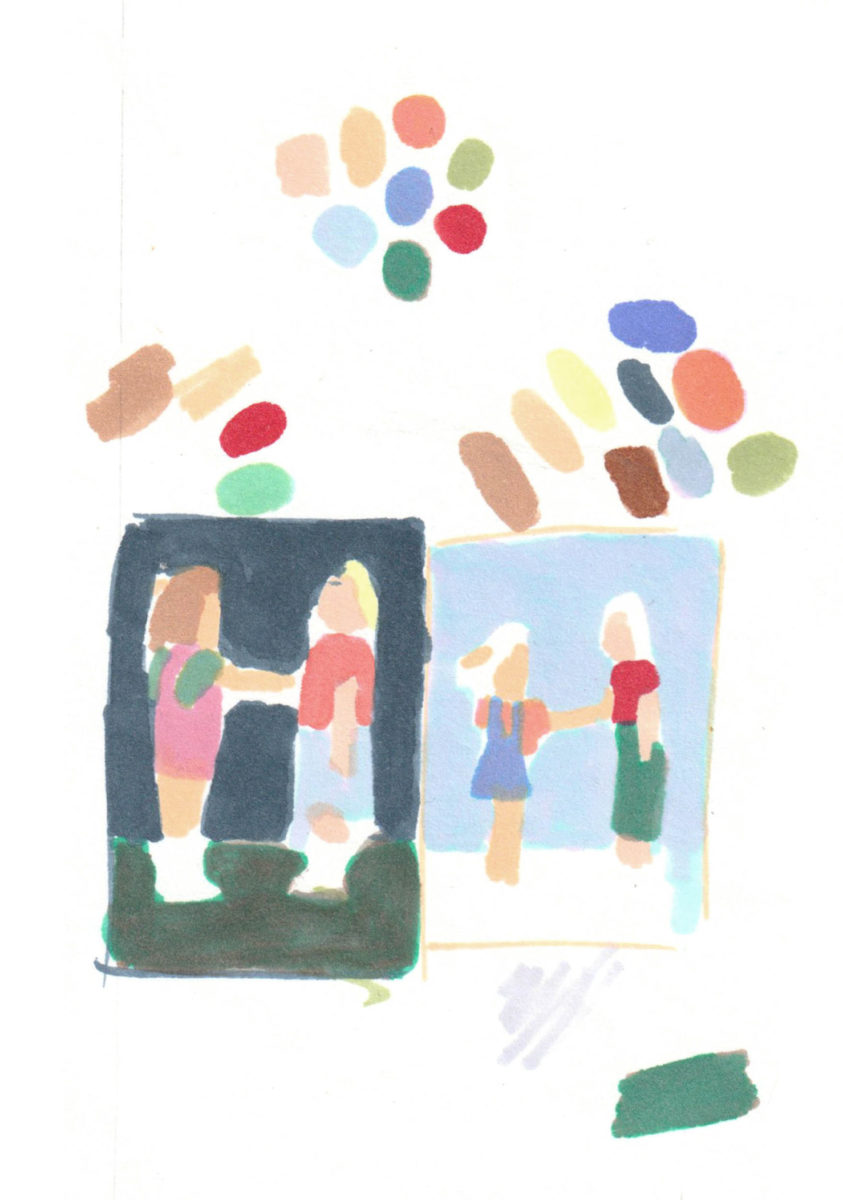
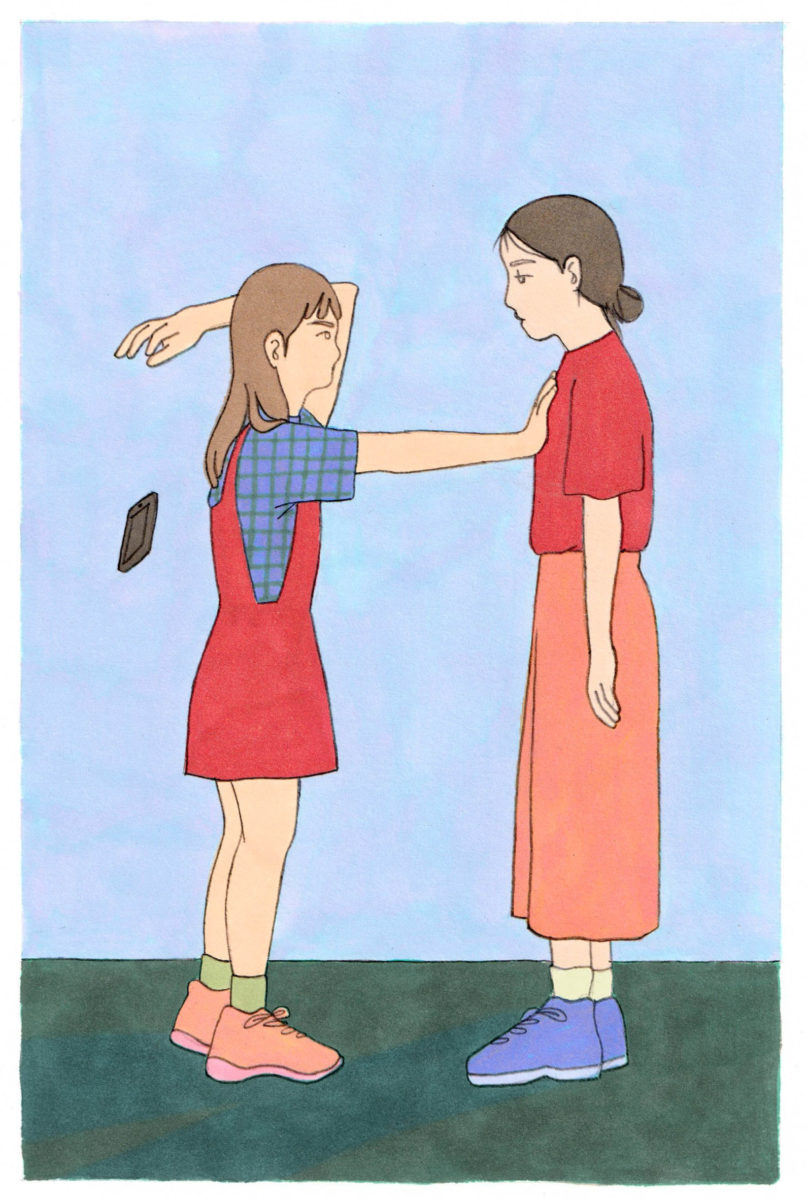
But more exactly, to make an illustration I do some sketches. When I find the image I like, I put my layout sheet on top of it, which is thin enough for me to redo the lines. I try to keep the lines light enough before going to color so that I don’t get a clean and stale look. Then I color with alcohol markers, by superimposing layers of color. I always have to do color tests on a sheet of paper because I don’t know in advance how two colors will react together, sometimes the order in which they are applied can change the result. And once I’m done I come in with a black colored pencil to do my outlines.
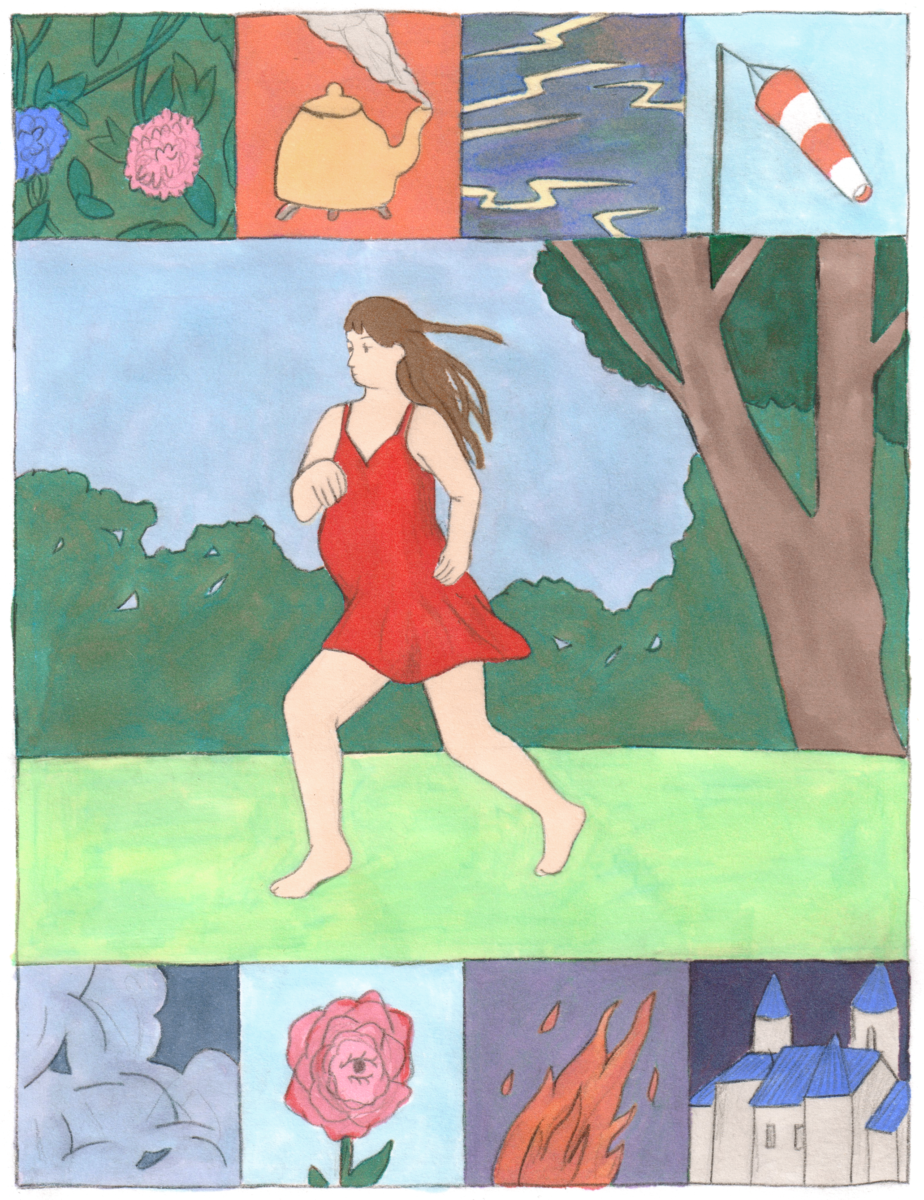
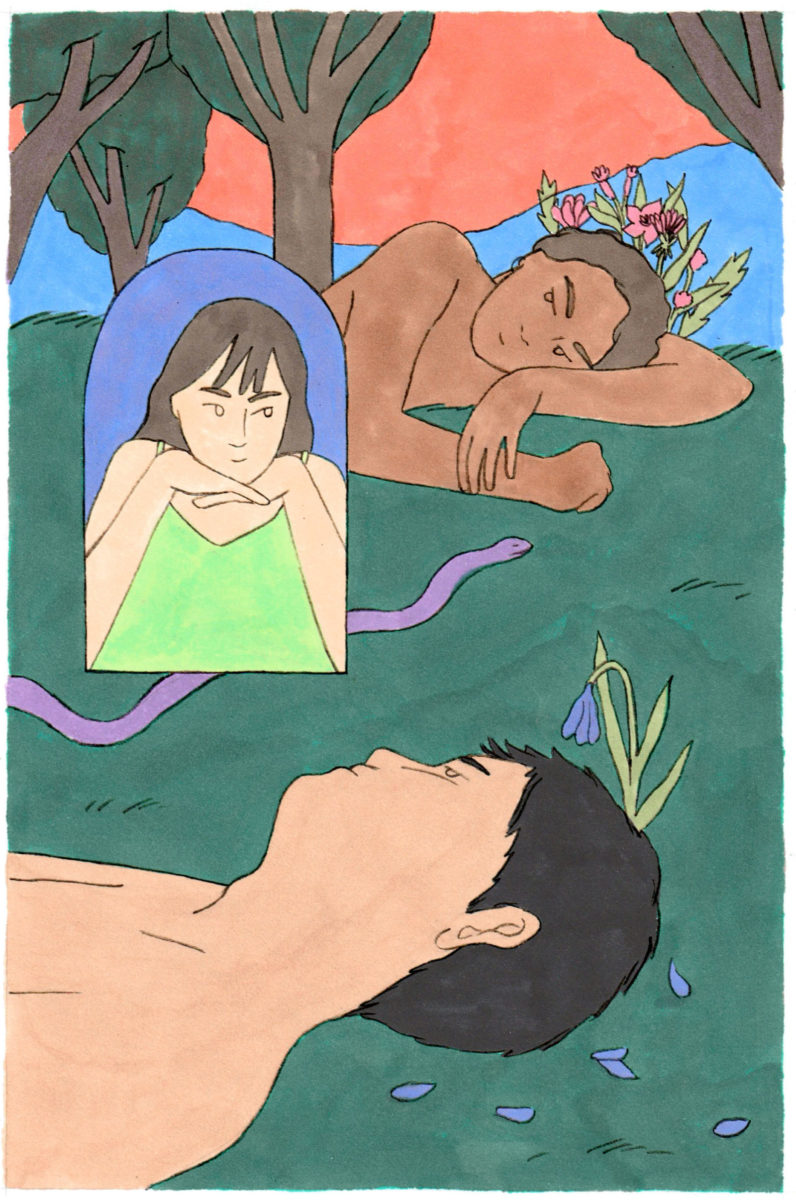
Your illustrations feel like short sequences, like an old memory, stuck into one’s head, clear though only lasting a few seconds. What inspires you? How do you choose the elements or the moments to show?
I would have a hard time knowing where my ideas come from, like I said I need to be fed with art to create. I think there’s a whole machine in my head that mixes what I’ve seen and heard over the last few days and turns it into ideas. Especially when I draw for pleasure, I have more of an aesthetic rigor than an intellectual one, so when I make my image, I don’t think too much about the meaning it takes and it’s only when I get feedback that I understand what I wanted to express unconsciously. After that, I necessarily have themes of predilection that cross everything I do and that are built from my cinematographic tastes: summer, boredom, memories, friendship, solitude, the search for identity, etc.
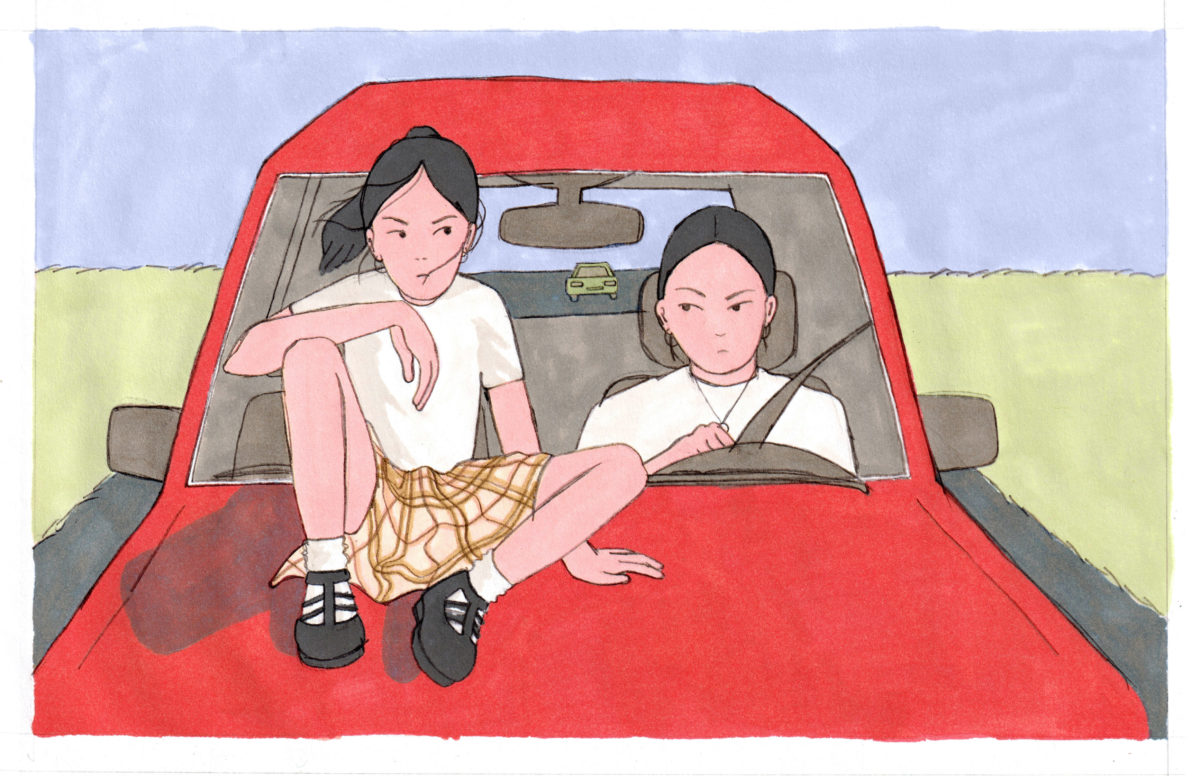
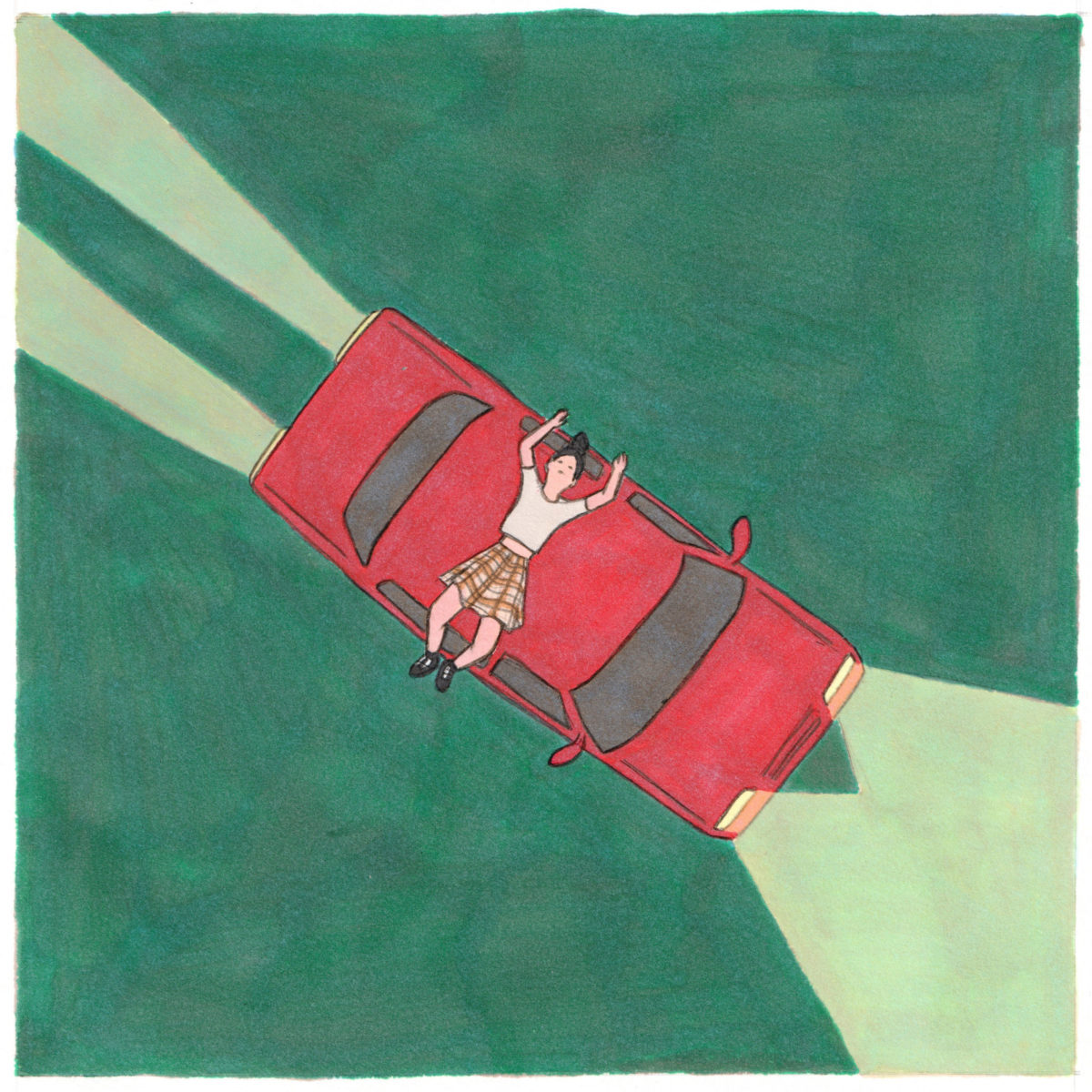
Is there any link or connection between your illustration work and @lesonzepourcent?
To explain, les onze pour cent is a project I created 4 years ago with my boyfriend where we present films directed by women. I think this project made me realize that the typical character, when you have to think about a story, doesn’t necessarily have to be a boy / a man, in fact, it will even be more interesting if the story revolves around a character I can identify with. All the films I’ve discovered through this project have taught me a lot too, beyond the fact that it’s very inspiring to see all these women carrying out projects as big as directing a feature film.
Is drawing mainly women also a way of advocating for more representation?
I think in the beginning I really saw drawing as that, a tool for representation and inclusivity. Now I think I’ve integrated that claim and I don’t do it consciously anymore, even though those questions are important to consider.
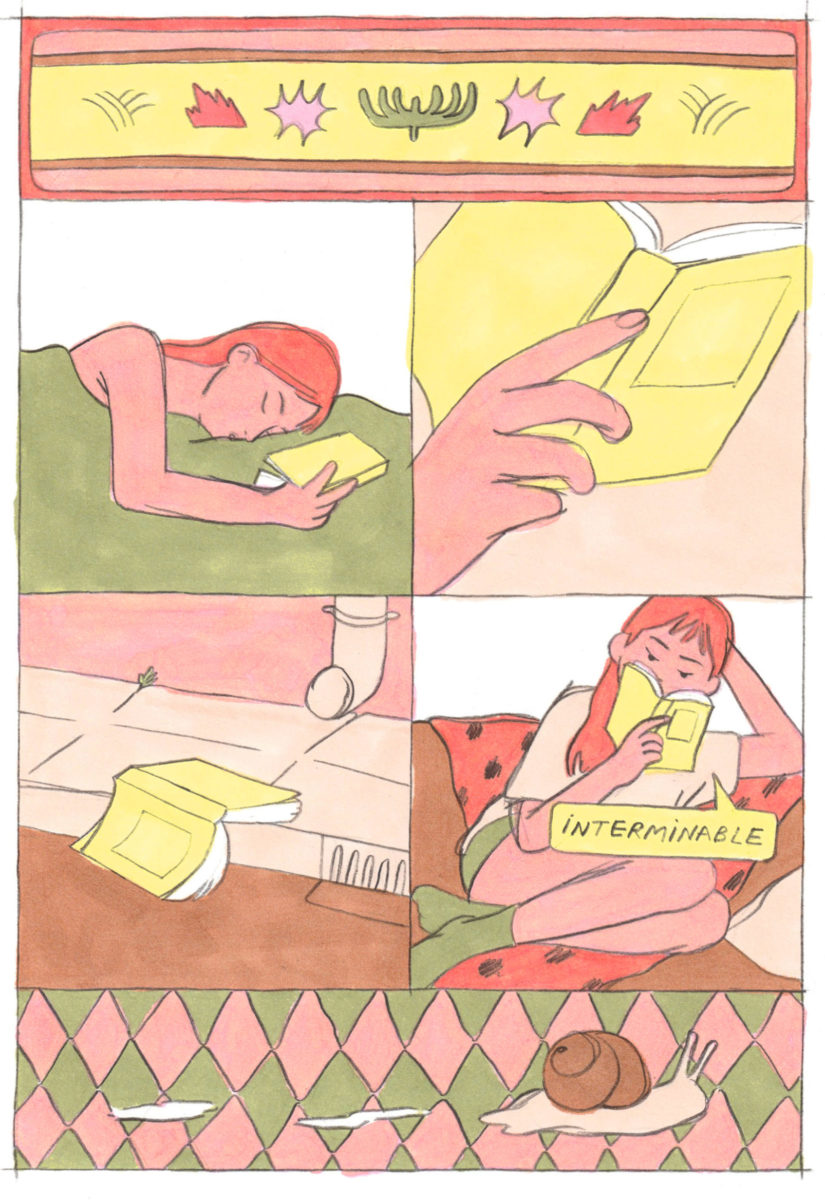
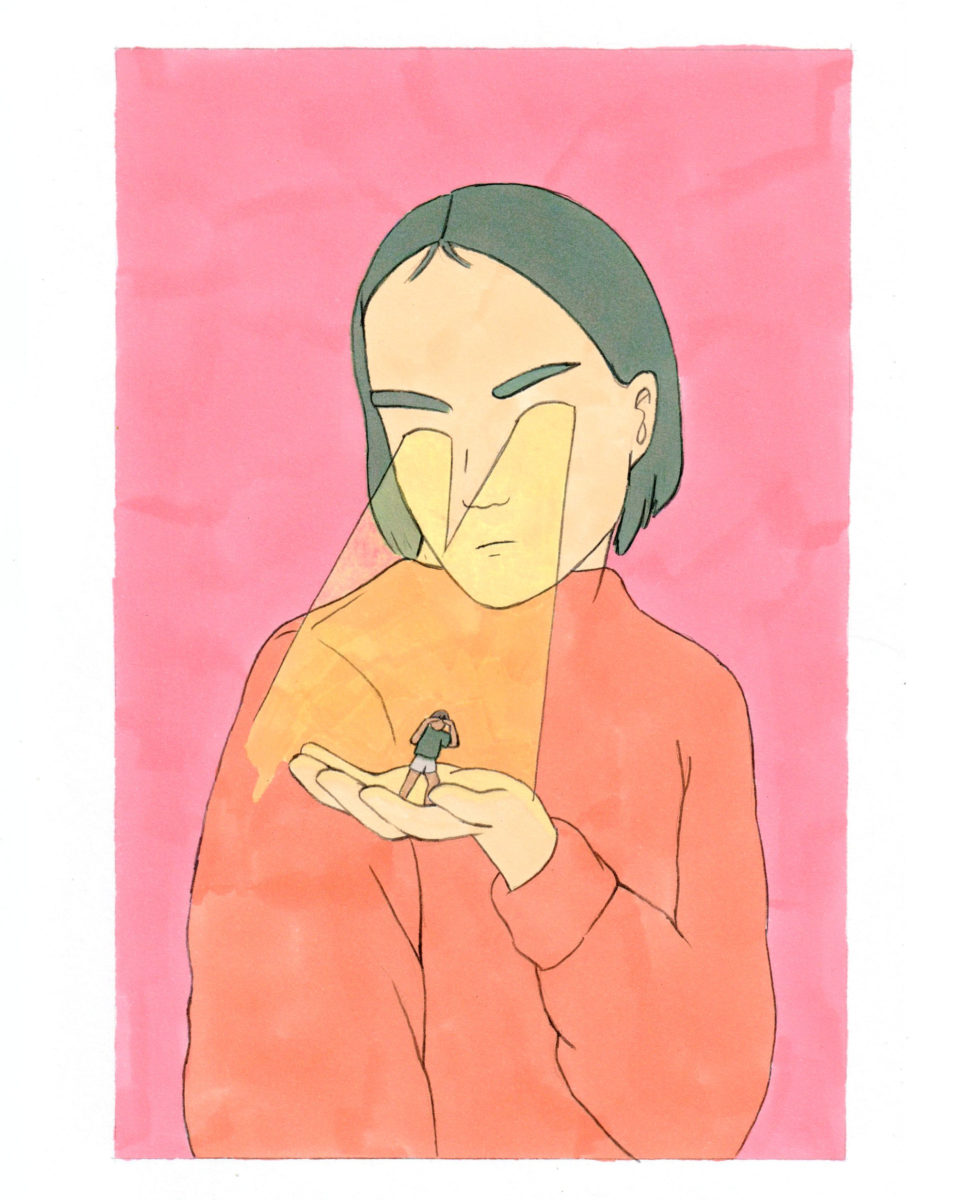
What would be your dream project?
I would love to write and illustrate children’s books. And in the future, I would like to publish a comic book, but this is a much more intimidating idea because it requires so much work. For the moment I’m doing comics fanzines and I’m very happy with that!
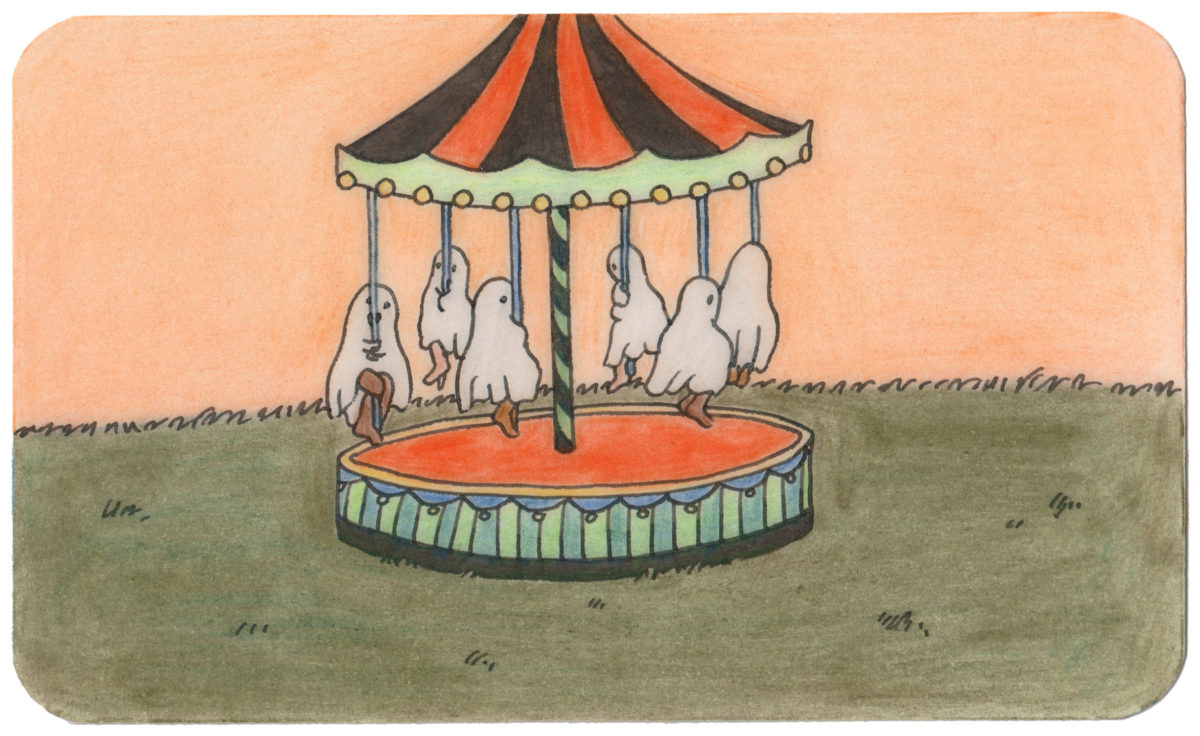
Can you give us a few names of artists that inspire you?
Speaking of comics, there are many authors that I admire, whether they are names already established in the field (Michel Rabagliati, Michael Deforge, Tillie Walden, Alison Bechdel, Mirion Malle, Florent Chavouet) or younger authors who are very inspiring because their first comics were remarkable (Lee Lai, Léa Murawiec, Lisa Blumen, Lucile Gautier, Camille Royer).
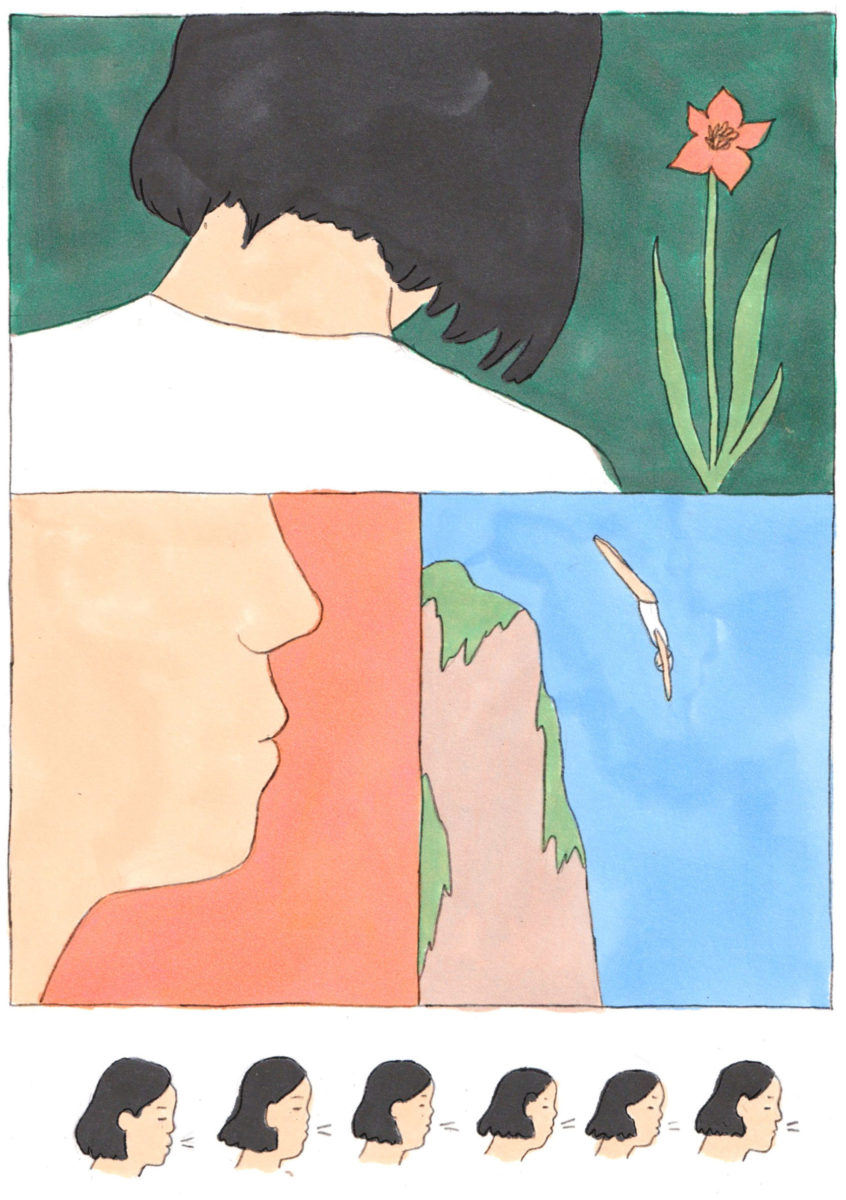
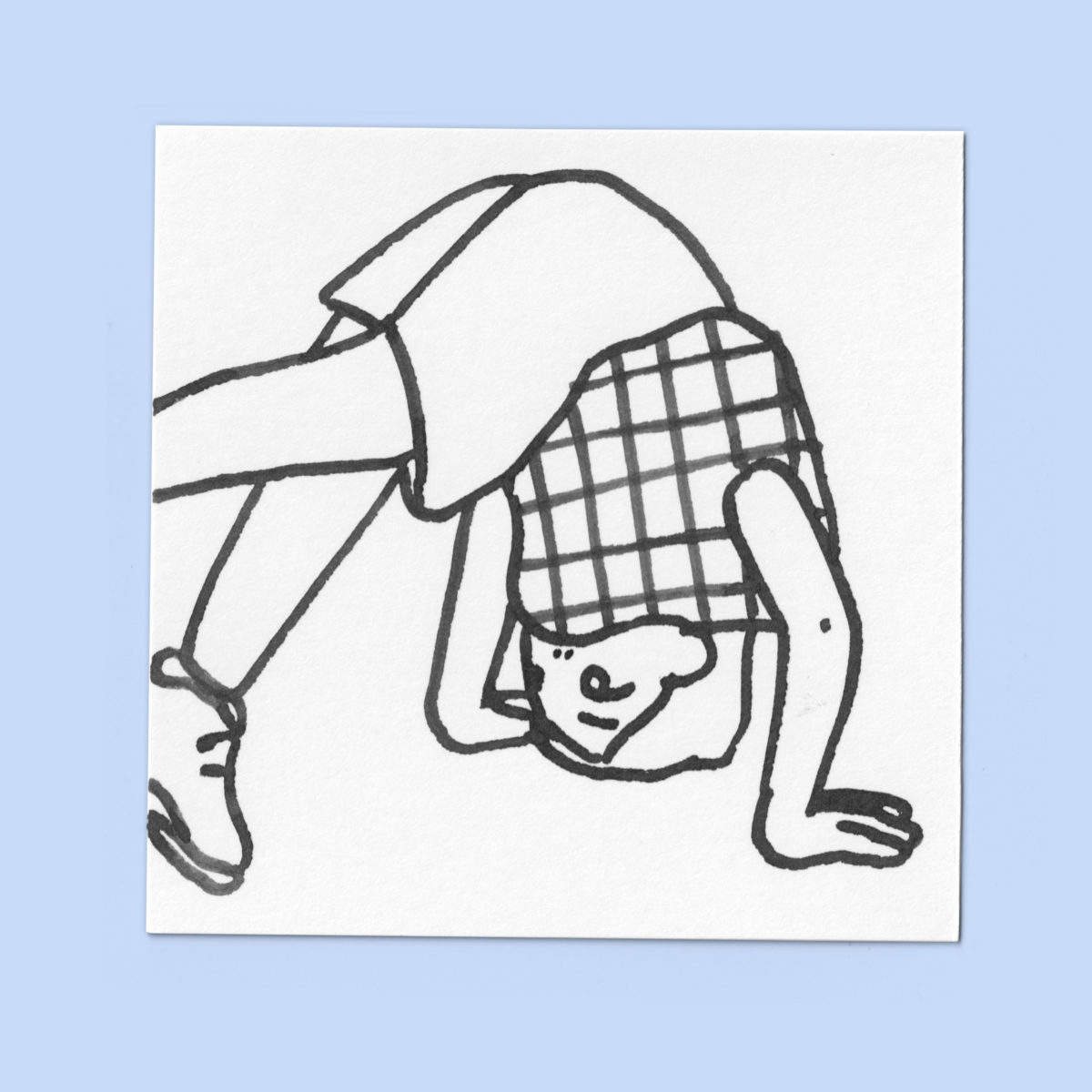
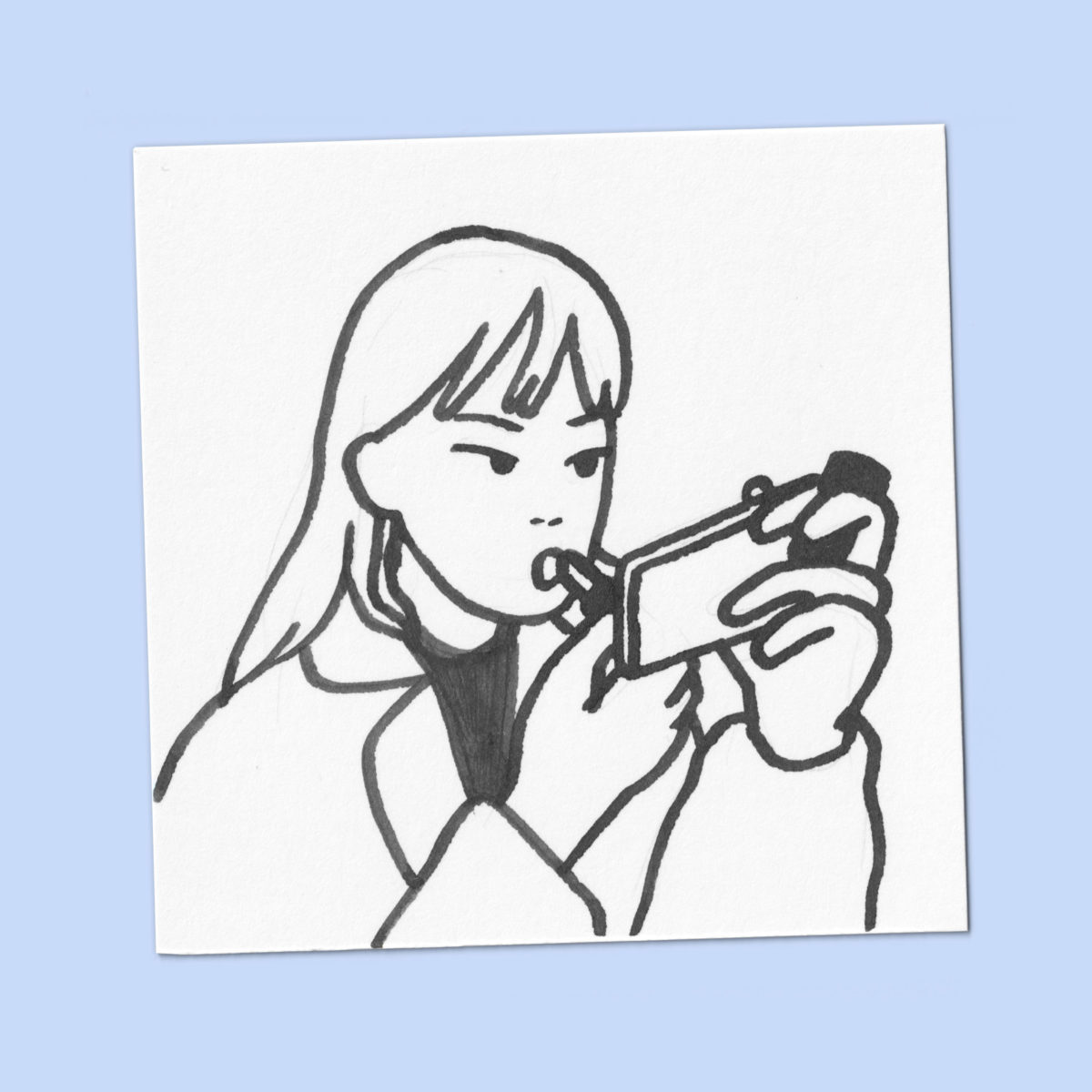
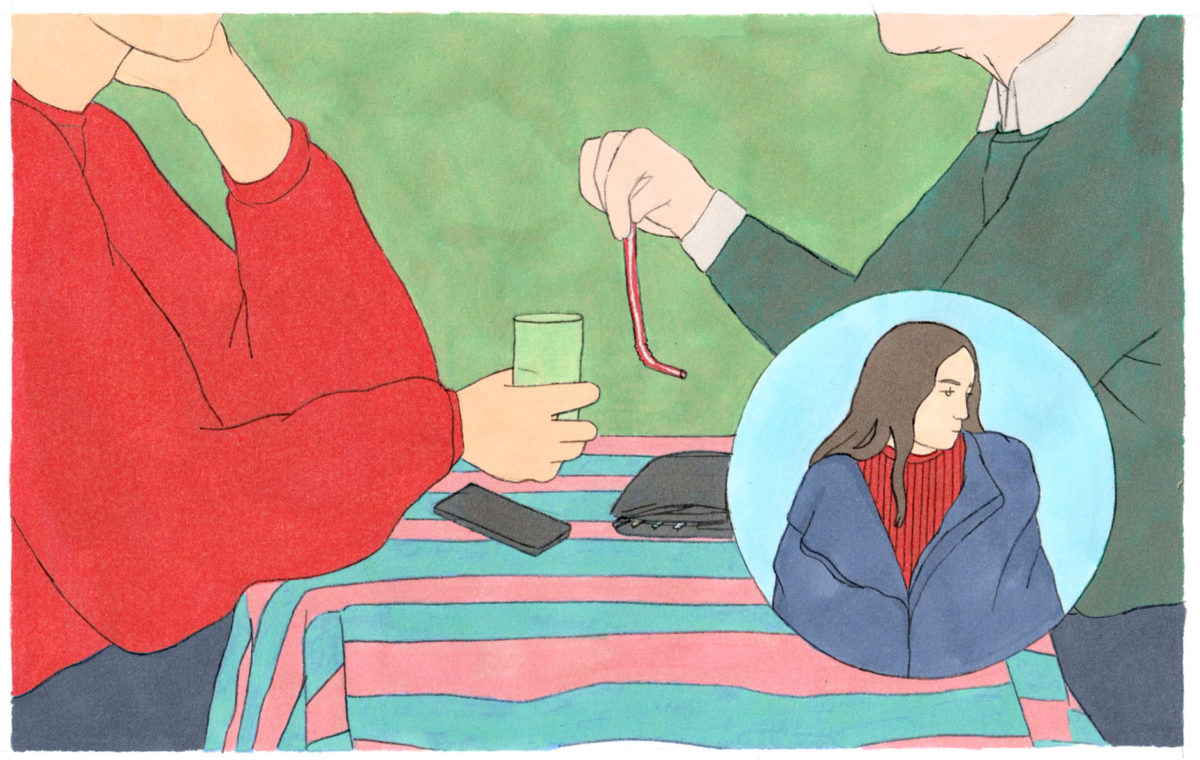
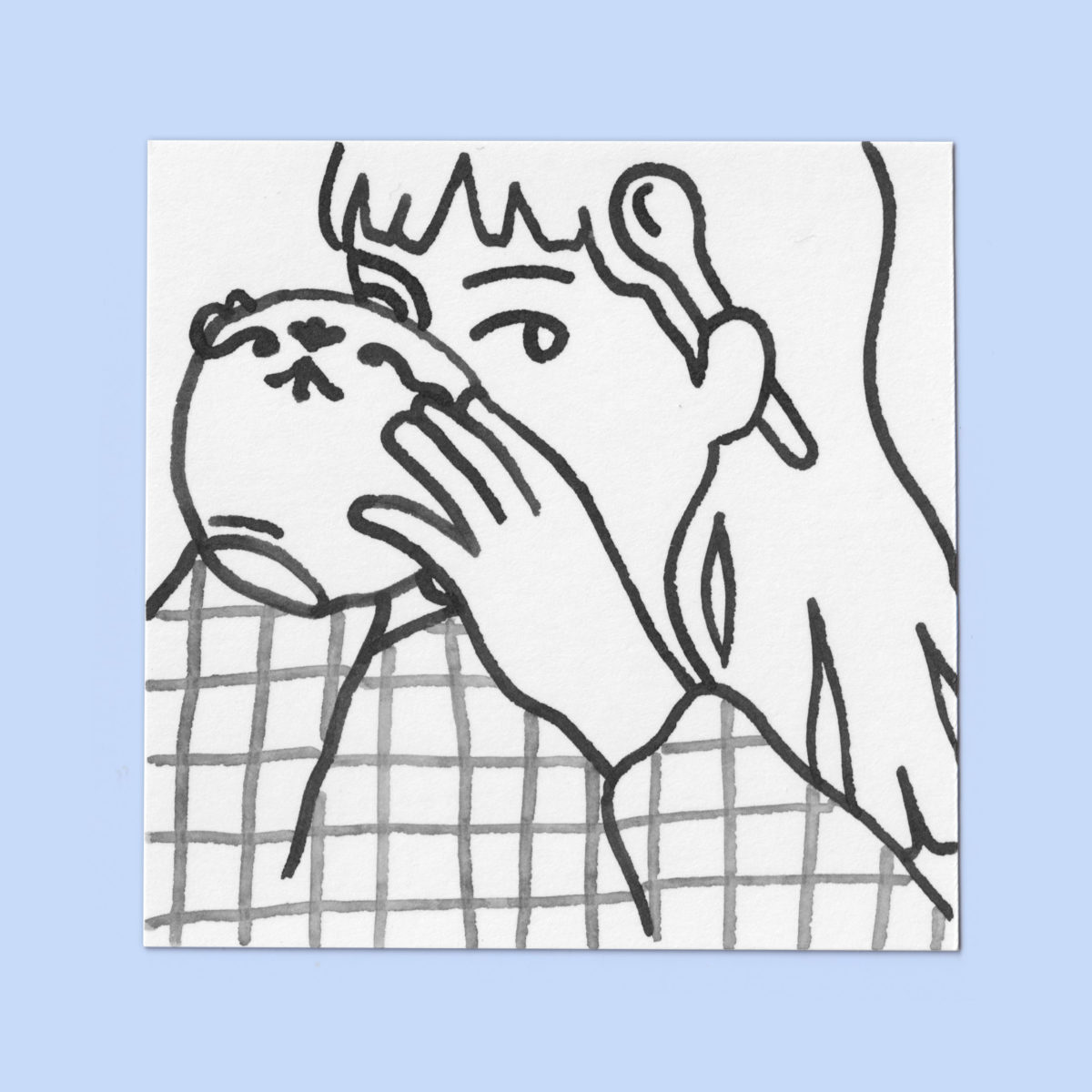
Aude Bertrand is a french illustrator, you can follow her on instagram and check out her online shop.
